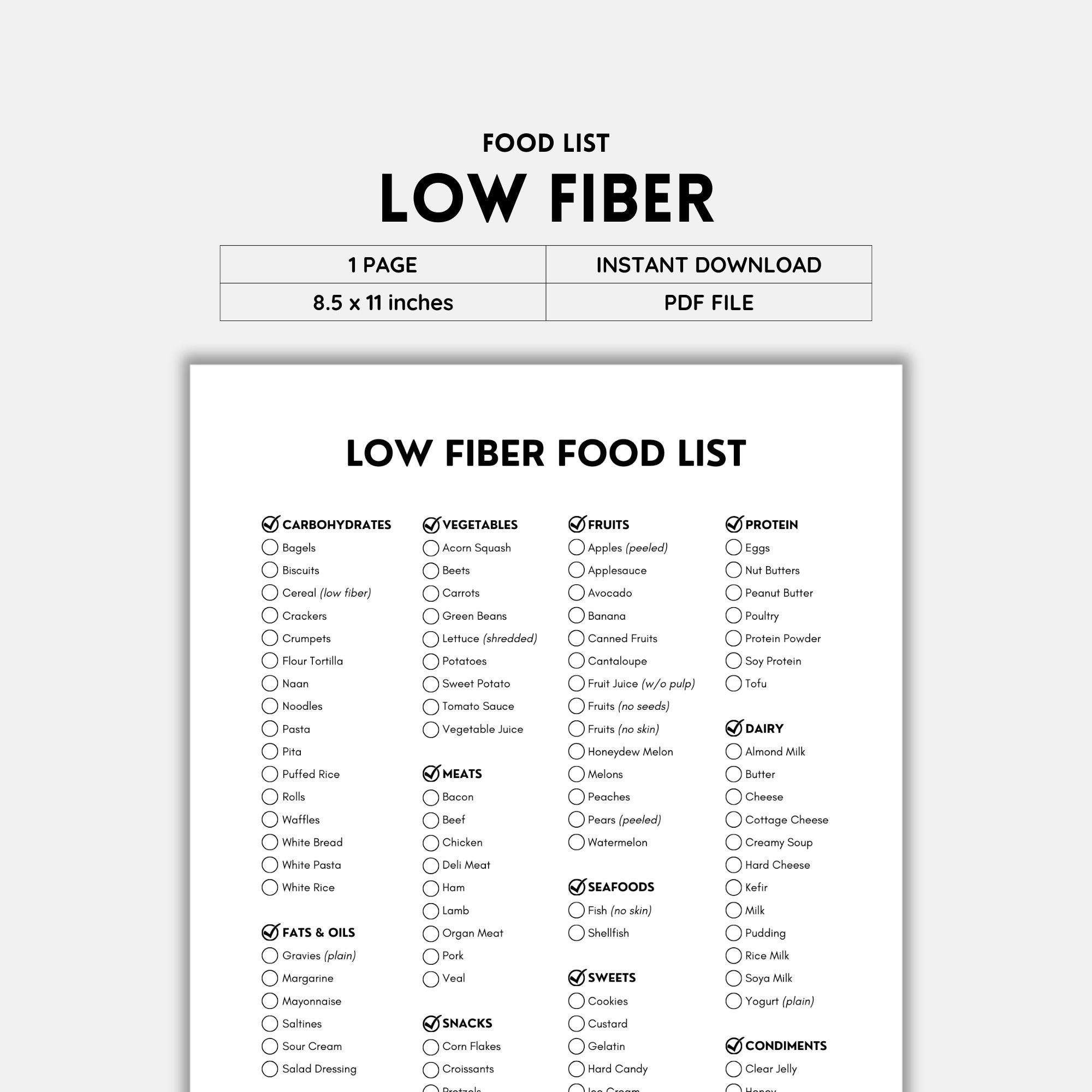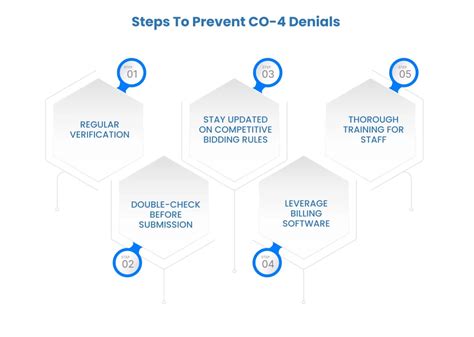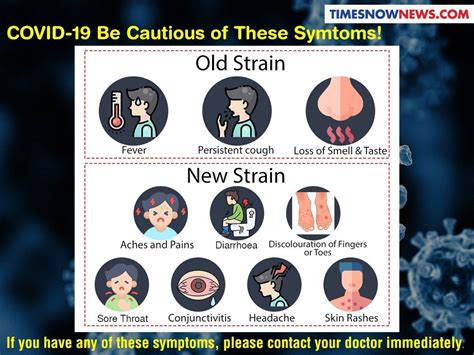Deciding on the right diet can be a daunting task, especially when considering the role of fibre in our daily meals. While high-fibre foods are often touted for their numerous health benefits, there are instances where opting for low-fibre foods might be the better choice. Understanding when to choose low-fibre foods is crucial for managing certain health conditions, ensuring digestive comfort, and even supporting specific dietary needs.
Introduction to Fibre
Fibre, a type of carbohydrate, is known for its indigestible nature, meaning it passes through the digestive system relatively intact. It’s found in a variety of foods, including fruits, vegetables, whole grains, and legumes. Fibre plays a significant role in promoting regular bowel movements, preventing constipation, and supporting healthy blood sugar levels and cholesterol levels. However, for some individuals, a high intake of fibre can be problematic.
Situations Where Low-Fibre Foods Are Preferable
During Digestive Issues: For individuals experiencing acute gastrointestinal symptoms such as diarrhea, cramping, or abdominal pain, reducing fibre intake can help alleviate these symptoms. A low-fibre diet may be recommended temporarily to give the digestive system a break and allow for recovery.
Pre and Post Surgery: Patients undergoing certain types of surgery, especially those involving the digestive tract, may be advised to follow a low-fibre diet. This is to minimize bowel movements and reduce the risk of complications during the healing process.
Managing Irritable Bowel Syndrome (IBS): Some people with IBS may find that certain types of fibre exacerbate their symptoms. In such cases, identifying and limiting or avoiding these fibres while still consuming other types can be beneficial. However, this should be done under the guidance of a healthcare provider or dietitian.
For Those with Gastroparesis: Gastroparesis is a condition where the stomach takes too long to empty its contents. High-fibre foods can sometimes slow down this process even further, potentially worsening symptoms. Thus, managing fibre intake can be part of the dietary approach to managing this condition.
Gentle Diet Tips for Low-Fibre Needs
If you find yourself in a situation where you need to reduce your fibre intake, here are some gentle diet tips to consider:
Choose White Over Whole: Opting for white bread, white rice, and pasta instead of their whole-grain counterparts can significantly reduce fibre intake. However, keep in mind that whole grains offer more nutrients, so this should be a temporary adjustment.
Cook Vegetables Thoroughly: Cooking vegetables can make them easier to digest and slightly reduces their fibre content. Peeling vegetables and fruits can also lower their fibre content.
Select Low-Fibre Fruits: Fruits like bananas, avocado (in moderation due to its high calorie content), and canned fruits are generally lower in fibre compared to fruits like apples, berries, or dried fruits.
Include Lean Proteins and Healthy Fats: Foods like chicken, fish, eggs, and healthy fats such as those found in olive oil or nuts (in moderation) are naturally low in fibre and can be good alternatives.
Limit Legumes and Nuts: While nutritious, legumes (like beans and lentils) and nuts are high in fibre. Reducing their intake can help lower overall fibre consumption.
Conclusion
While fibre is an essential component of a healthy diet, there are scenarios where reducing fibre intake is advisable. It’s crucial to approach any significant dietary changes with caution and ideally under the guidance of a healthcare provider or a registered dietitian. They can help tailor a diet that meets your specific health needs while ensuring you’re getting all the necessary nutrients for overall well-being.
FAQs
What are the primary sources of fibre in our diet?
+The primary sources of fibre include whole grains, fruits, vegetables, legumes, and nuts. These foods are rich in both soluble and insoluble fibre, which contribute to various health benefits.
Can a low-fibre diet lead to nutritional deficiencies?
+A low-fibre diet, if not planned carefully, can lead to deficiencies in vitamins, minerals, and other essential nutrients found in high-fibre foods. It's important to ensure that the diet is well-balanced and includes a variety of other nutrient-dense foods.
How long can someone safely follow a low-fibre diet?
+The duration for following a low-fibre diet depends on the individual's health condition and the reason for the dietary change. In most cases, it's recommended as a temporary measure. Long-term restriction of fibre can lead to constipation, diverticulitis, and other digestive issues, emphasizing the need for personalized dietary advice.
In conclusion, while fibre is beneficial for overall health, there are specific instances where reducing fibre intake might be necessary. Approaching these dietary adjustments with care, under professional guidance, can help manage health conditions and ensure nutritional balance.



